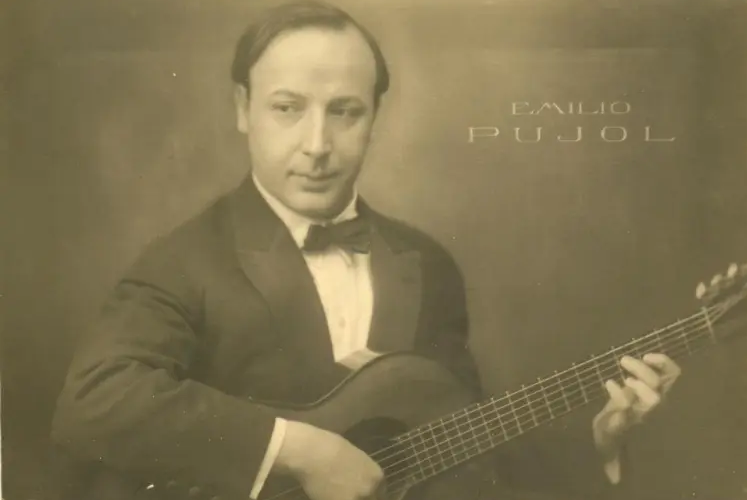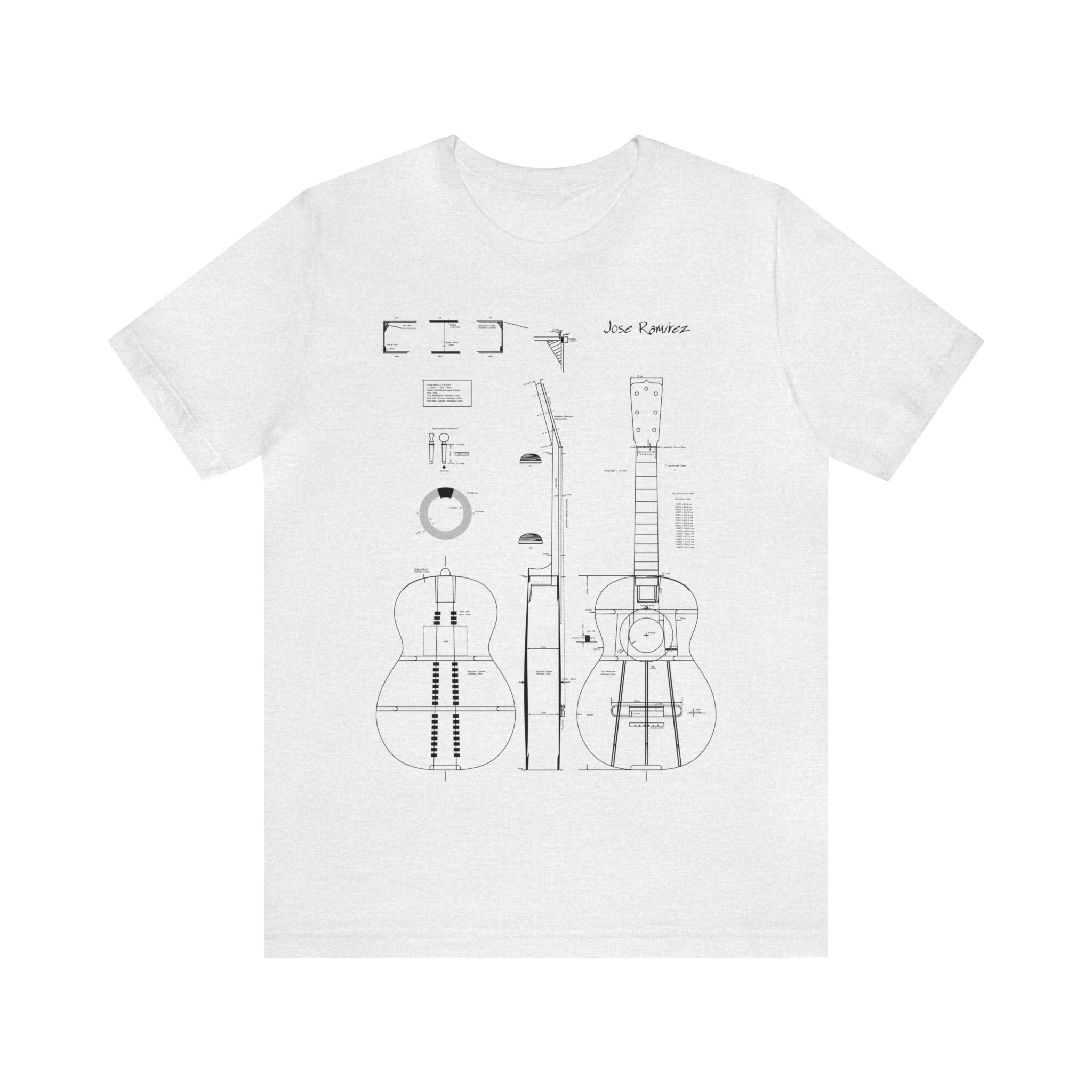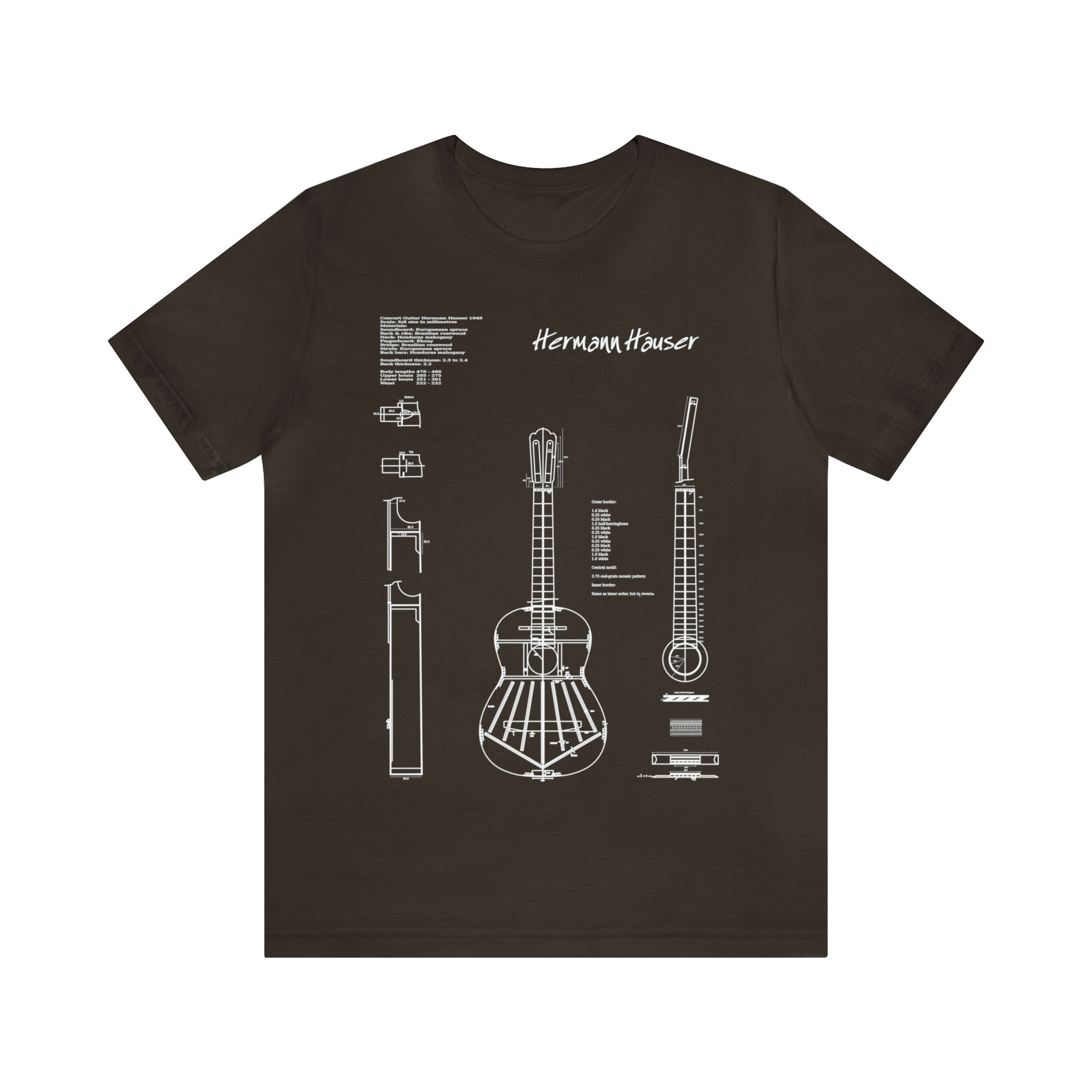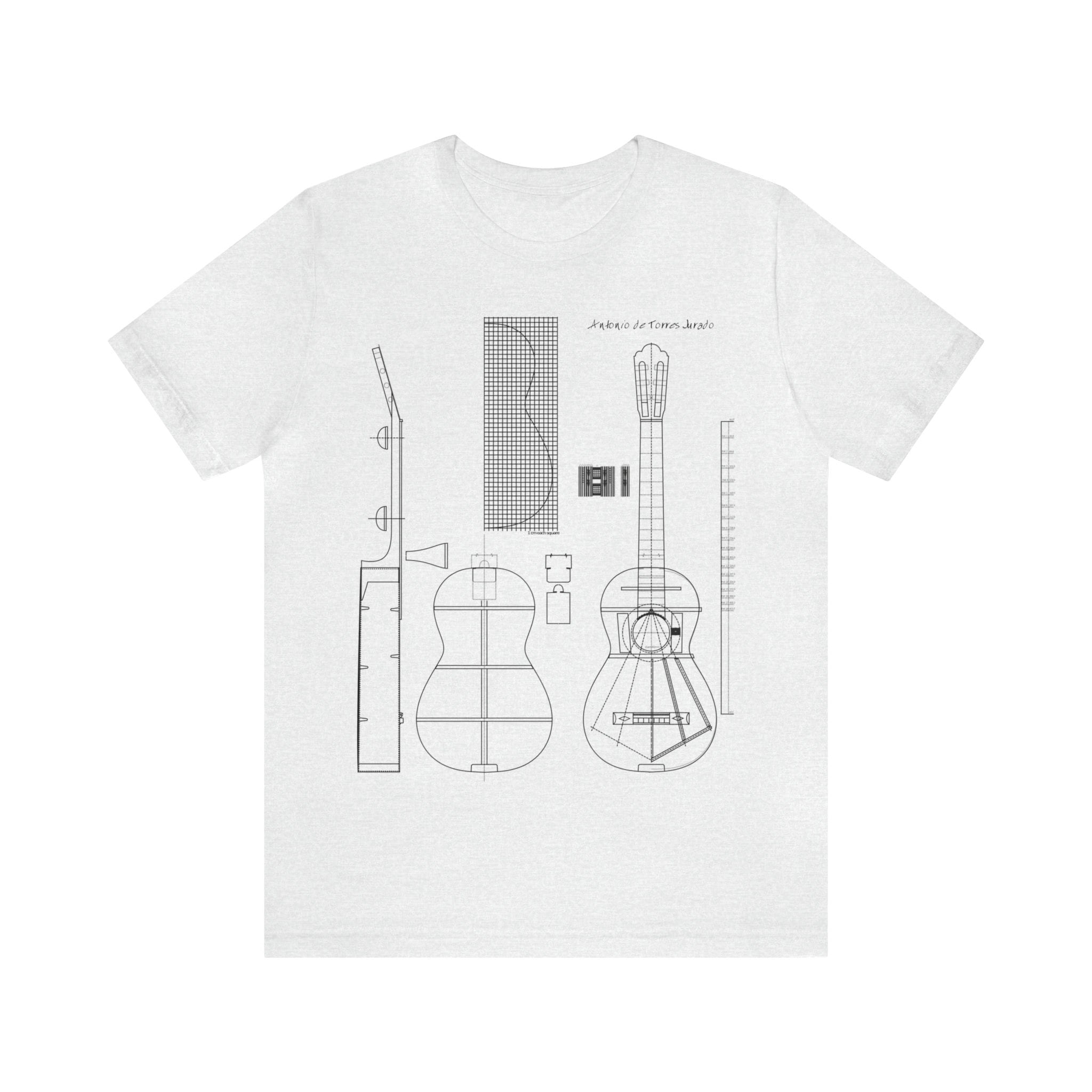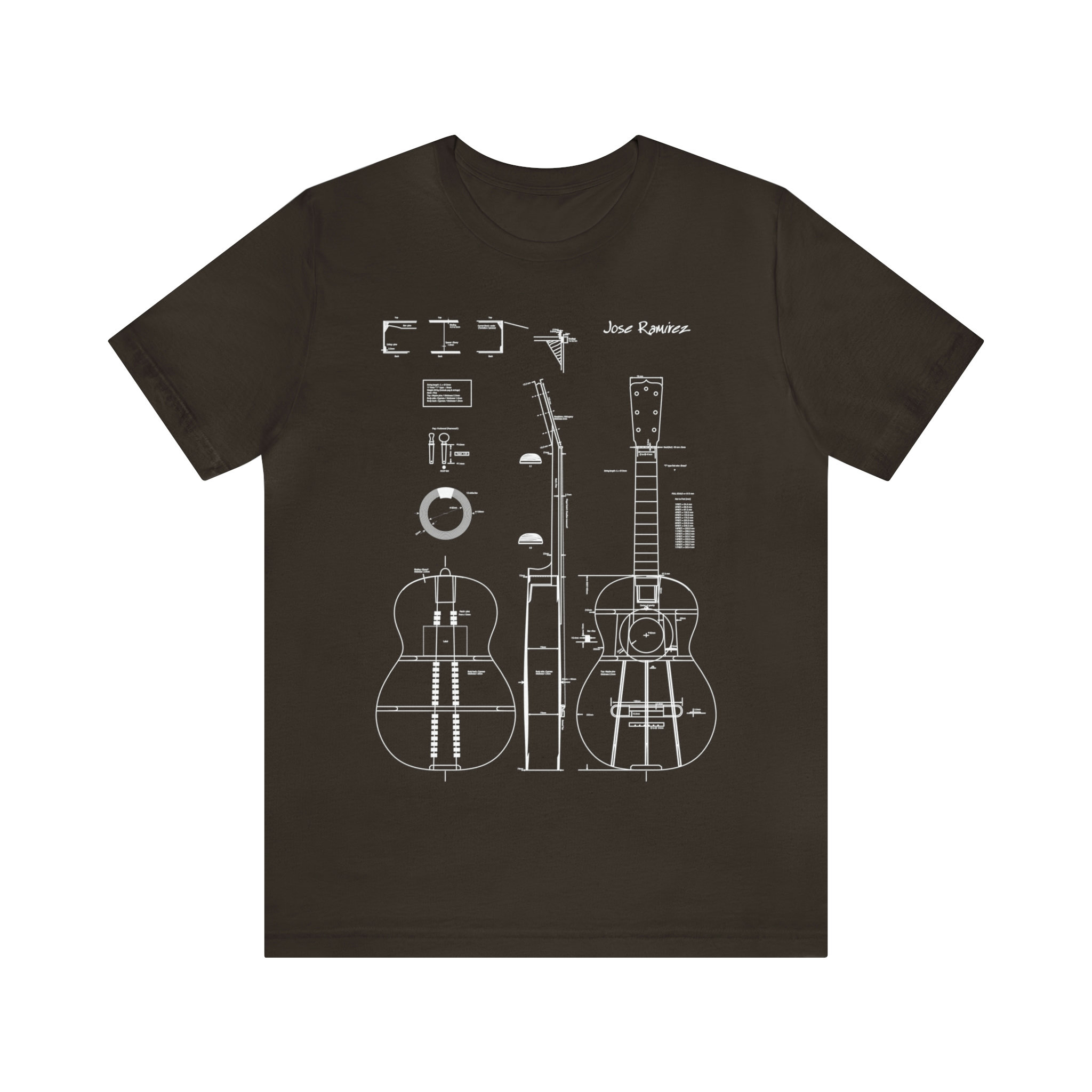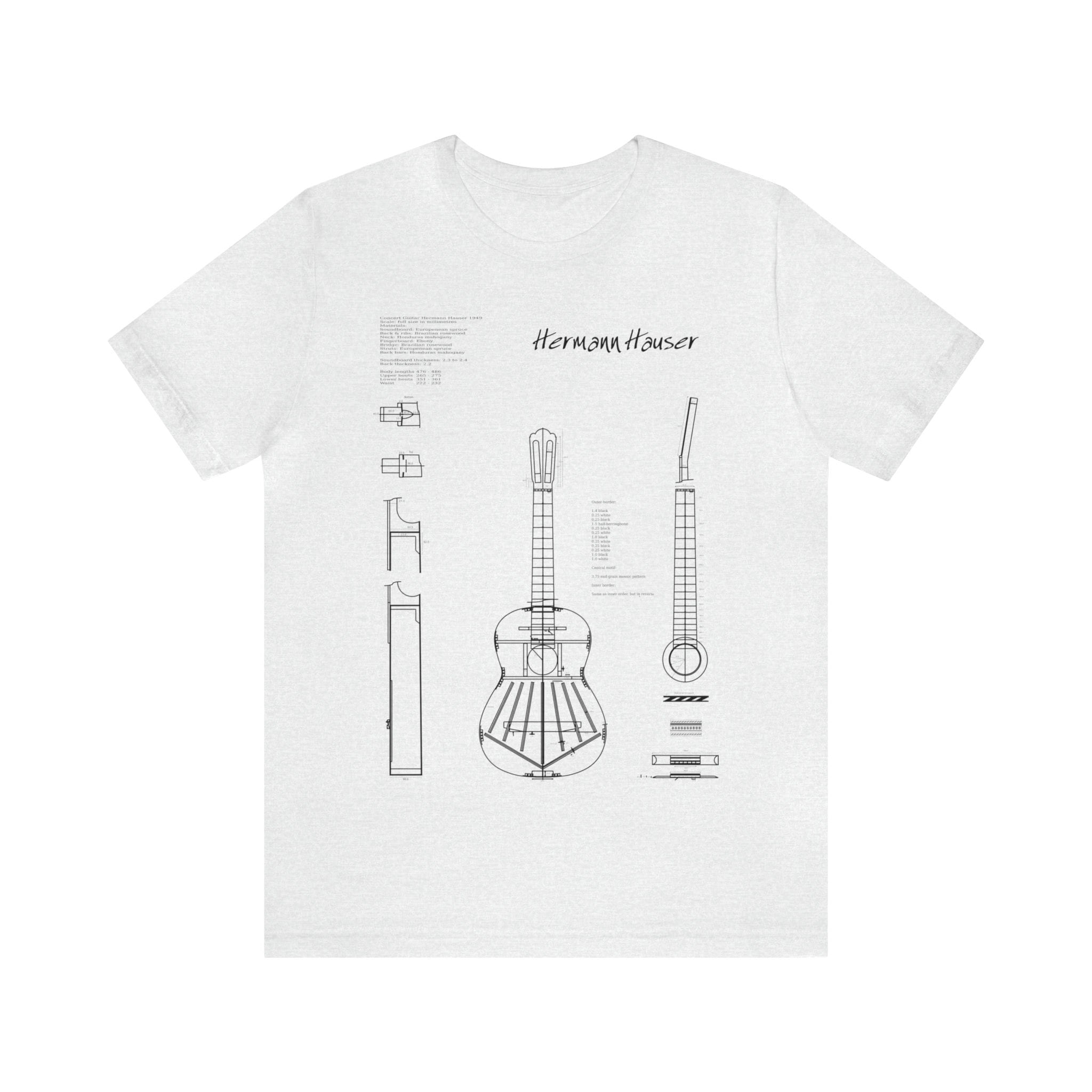Description of the method
The general structure of the “Escuela Razonada de la Guitarra” method is already stated by Pujol in an article on the guitar dating from 1926 and appearing in the Conservatory Dictionary. The study of the guitar is divided into two parts: one theoretical and the other practical.
The theoretical part covers the musician’s training and culture: musical education; analysis; history of music; encouragement to listen to different repertoire and attend concerts, as well as knowledge of the instrument: organology, physics of the instrument, notation systems, effects, and theoretical knowledge of the neck. All of this is essentially the subject of volume I.
The practical part: Pujol recommends in his article a technical progression through preparatory exercises. The mechanism of the fingers must be trained through exercises using all instrumental procedures such as scales, arpeggios, slurs, barres, tremolo; studies (musical application of the elements worked on) consolidate the acquisitions; the repertoire requires, according to him, sufficient technical mastery (invitation to discover repertoire, vihuelists in the XXth century; references, suggestions of pieces to know). Ensemble music and deciphering are encouraged but there are only three pieces for two guitars in his method.
The author’s constant indications justify the designation of “theoretical and practical course” given to volumes II, III, and IV. A fifth volume was to conclude everything on an ethical and pedagogical reflection touching the fields of interpretation, composition for guitar, pedagogy and aesthetics; however, it remained unfinished and unpublished.
The first volume will be published in 1934 by Romeo & Fernandez editions (acquired by Ricordi Americana in 1940). Then, their publication will be spread over thirty years. (volume II, 1935; volume III, 1954; volume IV, 1971).
Organization and brief summary of the content.
VOLUME I
Entirely theoretical, it presents the plan of the method and traces the history of the guitar and the vihuela using musical examples (131 examples). It describes in detail the guitar, analyzes the arrangement of notes on the fretboard, the posture and position of the hands. Writing, notation and daily work tips are also addressed. This volume has the form of a treatise: there are examples, sketches, but no exercises. Some details today have a value not practical, but historical: prices of guitars, brands of strings (in gut). The author reports on his musicological research. Since then, several histories of the guitar, some for children, have been published. Nevertheless, this first volume well translates the spirit of the work; it has its place in the whole method as a complement to the following volumes (it contains 229 paragraphs).
The following three volumes gradually progress from basic technique to virtuosity (paragraphs 0 to 747). Here, we will not provide a detailed description of each volume, but in general, it can be said that the points covered in the second volume will be explored in more depth later. Each of volumes II, III, and IV is divided into two “theoretical and practical courses” (each course constituting a year’s worth of good work. The talents and application of each student can shorten or extend each course if necessary). Short lessons follow a similar plan in two or three paragraphs, sometimes more, that mark the student’s work organization:
- Theoretical and detailed explanation of the gesture to be performed (errors to avoid, advice) starting from the simplest and adding more complex elements later.
- Application exercises (there are 560 in the entire work) based on common parameters for all volumes: development of strength, elasticity, precision, independence, synchronization, velocity, and economy of motion.
- Studies; relatively technical in vol. II, they later become more expressive and make more use of the student’s musical culture. Pujol provides a general introduction to the studies in the third book (but not those in the second book, which demonstrates the author’s evolution). He also refers us to this introduction for the studies in the fourth volume. There are 70 studies in total that relate to technical points covered in a lesson or set of lessons. Some are of popular inspiration (vidala” vol. II; bolero”, zortzico”, vol. III); others refer to ancient music (villancico”, vol. III). Some are transcriptions (Etude 1” by Chopin, arpeggio variation of the Chaconne” by Bach, vol. IV) or variations (“15 variations on a theme by Aguado”, vol. IV). Each of the studies in volumes III and IV are accompanied by a comment.
VOLUME II
Course 1: Covers the essential techniques: tuning the instrument, thumb and stopped attack positions, scales, chords, plucked attack, and barre chords on the first four frets. It consists of 39 lessons.
Course 2: Simultaneous thumb and finger attack, stopped melody with plucked accompaniment, 4-sound chords and arpeggios, ascending and descending slurs without hand extensions, natural harmonics, using the full range of the instrument. Reference to Sor’s Opus 35 and 31, Carulli’s method and its duets, studies by Aguado, Coste, and Tarrega. The course contains 21 lessons and 13 studies.
VOLUME III
Course 3: Playing scales on one string using the open string as the tonic (as in Sor), left hand extensions, extensions with a large barre, scales in thirds, sixths, and tenths, utilizing the full range of the instrument, arpeggios. It consists of 20 lessons.
Course 4: The same subjects but more complex: independence of the right hand fingers with a different rhythm for the thumb and fingers, other arpeggio formulas, slurs with a fixed finger, new elements: ornamentation, vibrato, artificial harmonics, fingerings. There are 35 lessons and 27 studies by the author.
Volume IV
Course 5: It is a sort of inventory of all the working possibilities of the instrument in both parallel and transverse directions with difficult exercises in velocity and synchronization. All the commonly used effects at the time are covered. There is little text and a lot of exercises in 50 lessons and 31 studies by the author.
Classical Guitar
